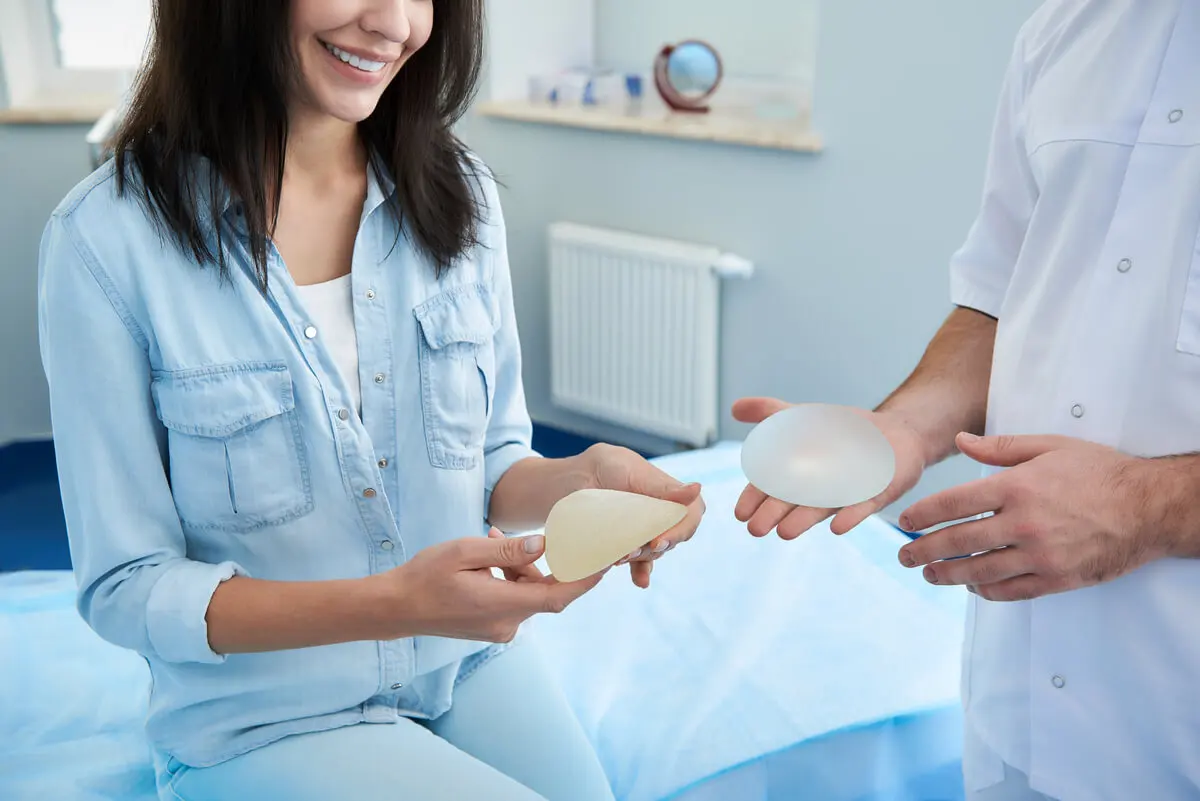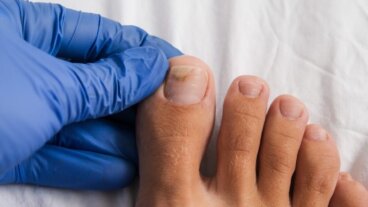What Is ASIA Syndrome?
ASIA syndrome is an acronym for a specific autoimmune syndrome. It stands for autoimmune/inflammatory syndrome induced by adjuvants and it’s a rare entity where there’s a reaction to a foreign substance in the body. It’s also known as Shoenfeld’s syndrome.
By definition, the word adjuvant refers to a substance capable of increasing the activity of the immune system against an antigen, without directly eliciting a response. In some cases, adjuvants contain components of microbes that stimulate the immune response.
First described by Shoenfeld and Agmon-Levin in 2011, ASIA syndrome is a series of signs and symptoms resulting from an exaggerated immune response to adjuvants. The time in which symptoms appear can vary from hours to years.
Silicone is one of the adjuvants in ASIA syndrome
Silicone is a colorless, odorless polymer that’s composed primarily of silicon. In medicine, it’s used to make joint, breast, or tendon implants. It’s also used for heart valve prostheses, intraocular lenses, and cosmetic procedures.
There’s no specific work linking rheumatic or autoimmune diseases to silicone. In fact, the U.S. Food and Drug Administration (FDA) approves its medical use.
However, although previously thought to be inert, it is capable of generating a response. Immune system disorders associated with breast implants have been described since 1965. Their relationship is rare, but, in some cases, there may be non-specific clinical manifestations, such as chronic fatigue, joint and muscle pain, alopecia, paresthesia and fever.
These manifestations are included in the so-called silicosis, which is one of the first diseases recognized as induced by adjuvants. There are also local adverse effects, such as the generation of granulomas around the silicone (siliconoma).

Symptoms and diagnosis of ASIA syndrome
The symptoms are very varied and non-specific in this condition. They include muscle pain, swelling and weakness, joint swelling, chronic fatigue, and sleep disturbances. Memory loss, fever, and dry eye may also occur. Locally, at the site of adjuvant administration, edema and nodules and swelling of adjacent nodes may occur.
There’s no specific laboratory test for diagnosis. In certain cases, there may be autoantibodies to the adjuvant or inflammatory markers, but they aren’t specific.
Although there are no specific risk factors, if there’s a personal or family history of autoimmune disease, then it’s recommended that a rheumatology specialist be consulted prior to adjuvant placement.
Read more this subject here: 5 Things You Should Know About Autoimmune Diseases
Diagnostic criteria
The diagnosis of the syndrome is based on the clinical criteria proposed by Shoenfeld and Agmon-Levin in 2011. Clinical manifestations and personal history are the main basis.
The presence of 2 major criteria or 1 major and 2 minor criteria is required to make the diagnosis of ASIA syndrome.
The major criteria are as follows:
- Exposure to an external stimulus: An infection, vaccine, silicone, or adjuvant
- The onset of typical clinical manifestations: Muscle weakness or swelling, joint pain, chronic fatigue, unrefreshing sleep, cognitive disturbances, memory loss, fever, dry eye.
- Elimination of the triggering agent leads to improvement
- Biopsy: With typical changes in the organs involved
On the other hand, the minor criteria are as follows:
- The appearance of autoantibodies or antibodies directed to the adjuvant involved.
- Other clinical manifestations: such as irritable bowel syndrome.
- Specific human leukocyte antigens: HLA DRB1, HLA DQB1.
- The evolution to an autoimmune disease: Multiple sclerosis or systemic sclerosis.
Treatment and prognosis
The primary treatment is the total surgical removal of the adjuvant. For example, the removal of silicone implants. In these cases, the response is usually favorable and immediate.
However, when there’s local or systemic migration of the substance, with the consequent general involvement of the body, it’s necessary to initiate an approach with immunomodulatory drugs. These decrease the response of the immune system.
The long-term prognosis is difficult to establish, as it’ll depend on the associated diseases in the person who suffers from it. It’s recommended that a rheumatology specialist be consulted prior to adjuvant placement if there is a personal or family history to assess the risk/benefit ratio.

Learn more about: Immunonutrition: Can We Stimulate the Immune System?
The differential diagnosis for ASIA syndrome
ASIA syndrome isn’t very common. Nowadays, scientific evaluations prior to implant approval are increasingly rigorous.
However, the symptoms aren’t specific and are common to other pathologies, so the clinical criteria could classify an autoimmune disease or a collagen disorder (such as systemic lupus erythematosus) by mistake.
The specific diagnosis is cumbersome and is considered to be of exclusion. This is why multidisciplinary action by plastic surgeons, rheumatologists, and psychiatrists is often necessary.
Awareness must be raised about the risk involved in various cosmetic treatments, especially in people who are predisposed to autoimmune diseases. Specialist advice is key.
All cited sources were thoroughly reviewed by our team to ensure their quality, reliability, currency, and validity. The bibliography of this article was considered reliable and of academic or scientific accuracy.
- Caldeira M, Caldeira A. Siliconosis: autoimmune /inflamatory syndrome induced by adjuvants (ASIA). ISR Med Assoc J. 2012;14(2):137-8.
- González, M. et al. Síndrome autoinmune/autoinflamatorio inducido por adyuvantes (ASIA) en pacientes dermatológicas a los cinco años posteriores a la colocación de material de relleno con fines cosméticos. Med Cutan Iber Lat Am. 2019;47(1):34-38.
- Tamayo, M. Orozco, M. Posada, D. Sustancias adyuvantes y síndrome autoinmune inflamatorio inducido por adyuvantes. Presentación de un caso. Rev Panorama. Cuba y Salud [Internet]. 2019;15(1):59-64. Disponible en: http://www.revpanorama.sld.cu/index.php/rpan/article/view/.
- Torres, R et al. Síndrome autoinmune/autoinflamatorio inducido por adyuvantes (ASIA). REVISTA MÉDICA MD. 2016;7(3):170-181.
- Roman, A. Sánchez, L. Siliconoma. Imagen Diagn. 2011;2(2):75-76.
- Shoenfeld, Y. Agmon-Levin, N. ‘ASIA’ – autoimmune/inflammatory syndrome induced by adjuvants. Autoinmmun. 2011;36(1):4-8. Disponible en: https://pubmed.ncbi.nlm.nih.gov/20708902/.
This text is provided for informational purposes only and does not replace consultation with a professional. If in doubt, consult your specialist.









